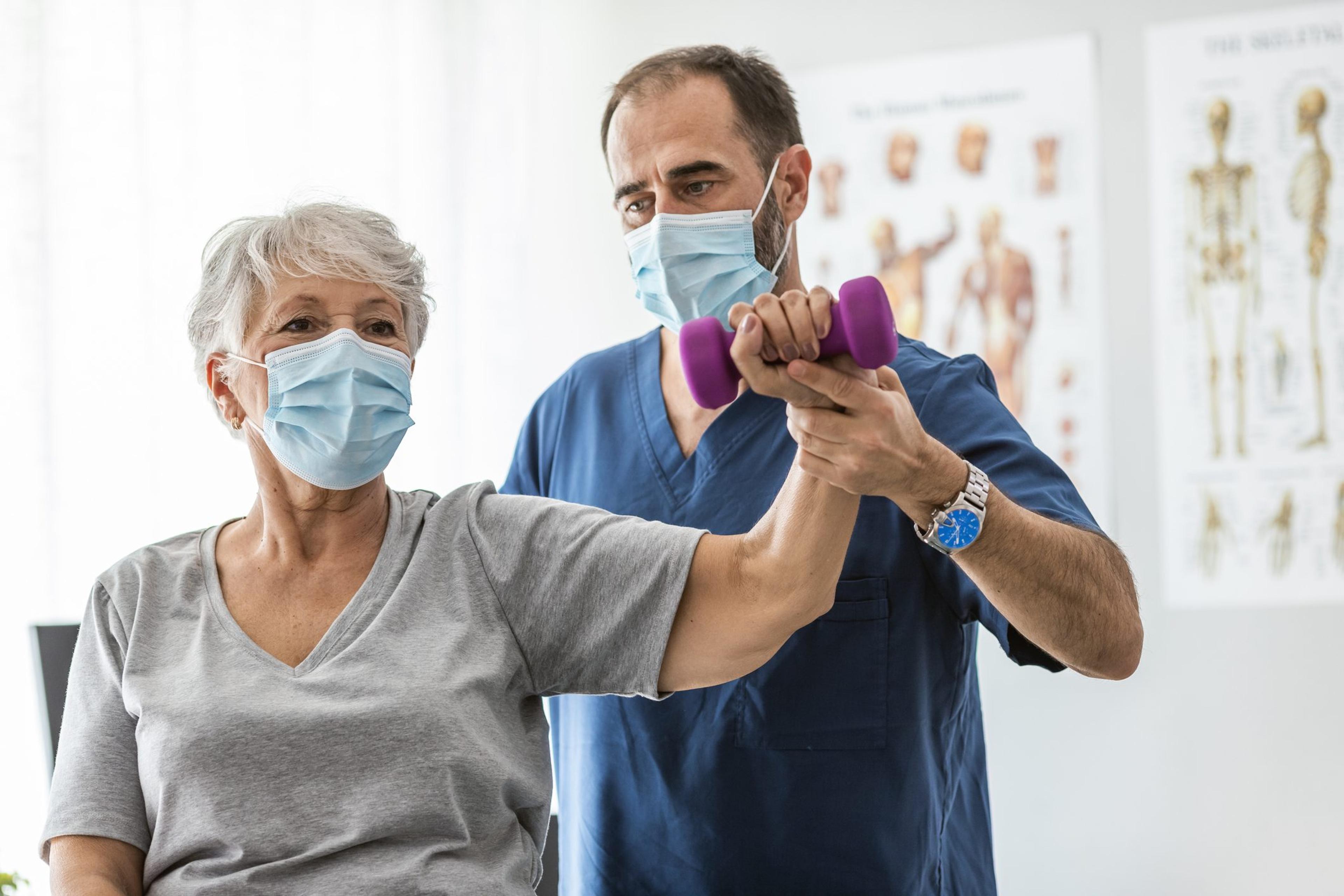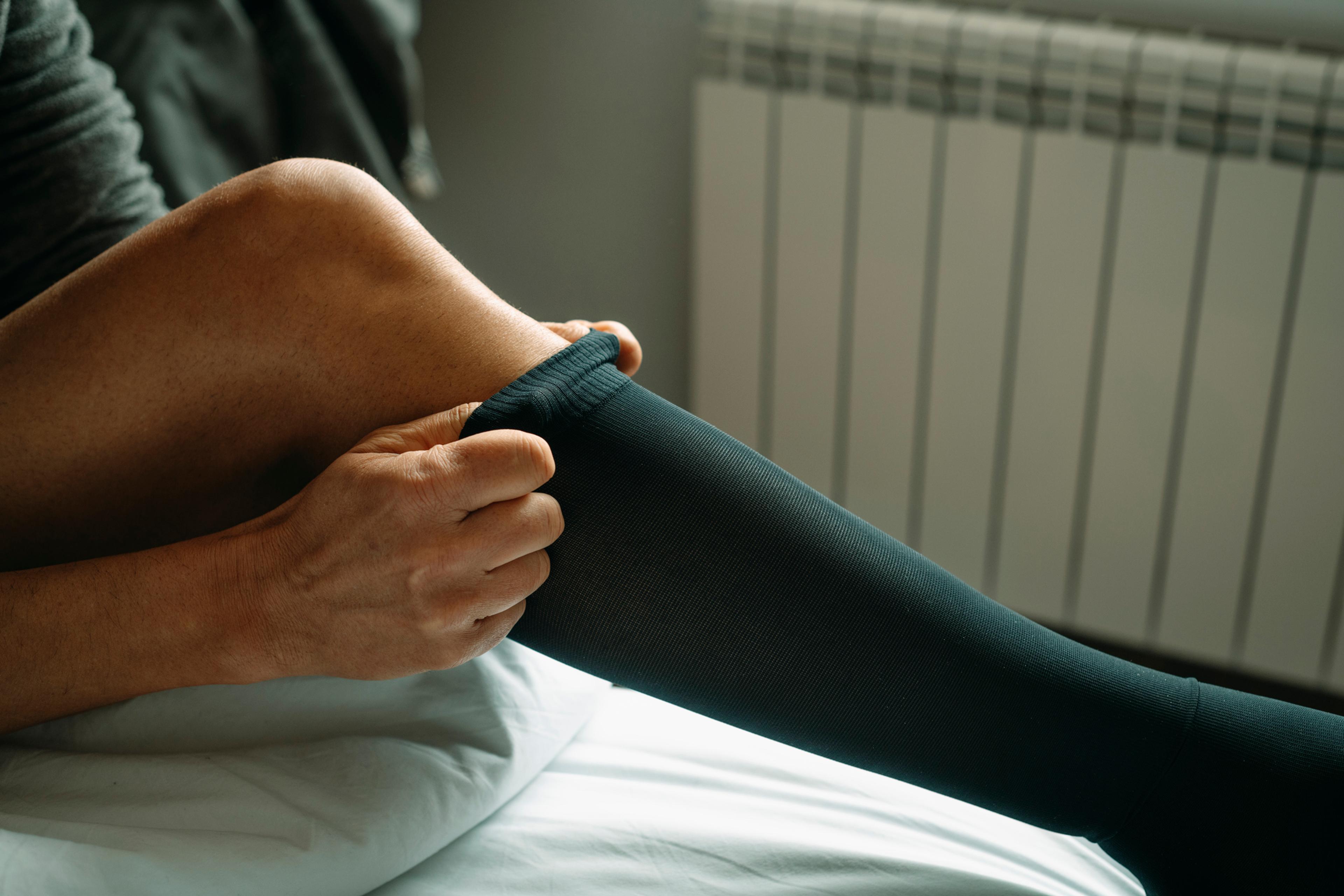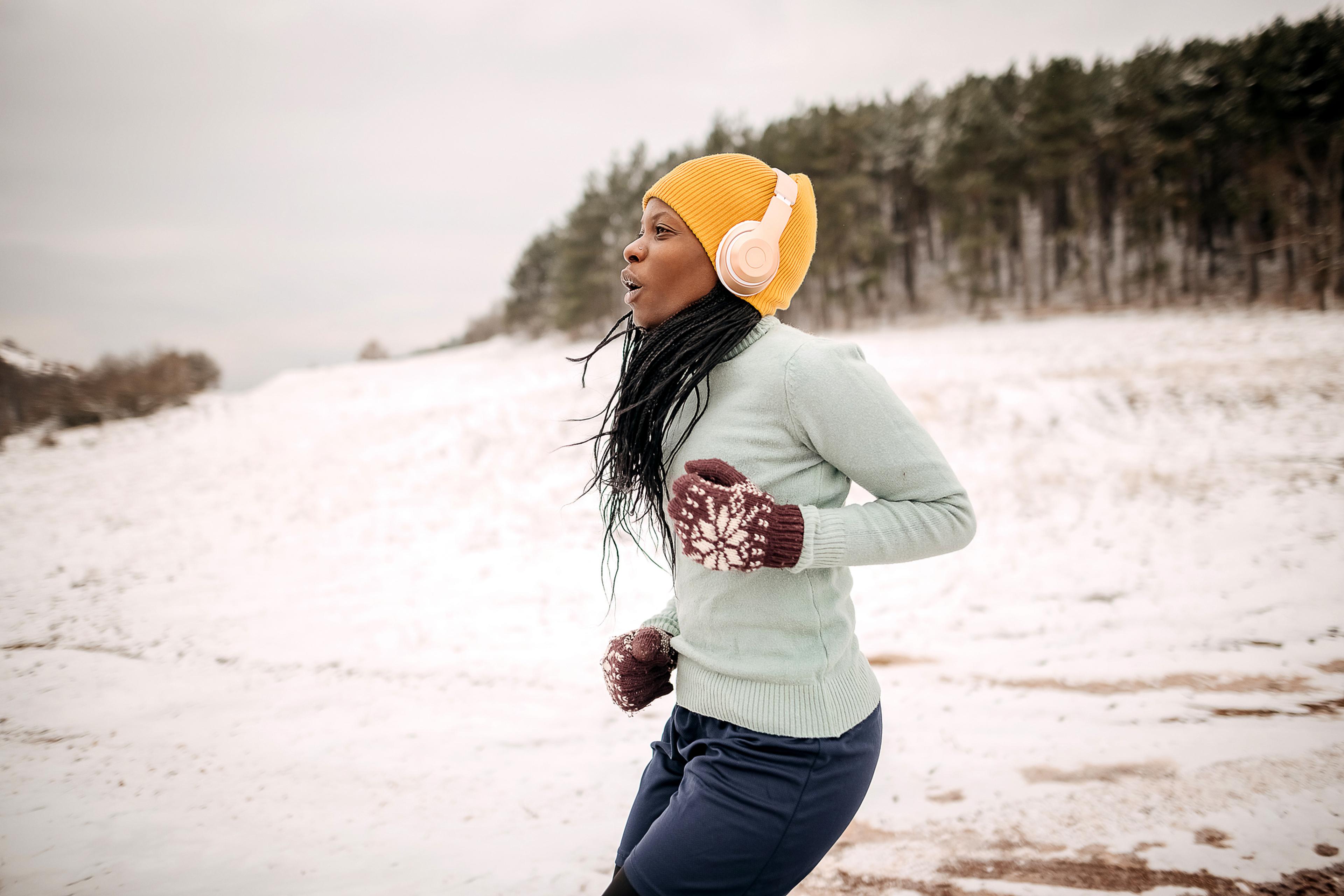Osteoporosis is a common disease that causes bones to become brittle and weak such that a simple fall or minor stress can cause a fracture. Typically, bone mass is constantly being rebuilt and repaired until a person reaches their mid-30s when bone loss starts to outpace bone repair. This is a very slow process which explains why the problems of osteoporosis may not occur until 20 to 30 years later. Although anyone can have osteoporosis, certain people have higher risk. Men, in general, because of their greater size, have stronger, denser bones than women and a lower risk for osteoporosis. African Americans generally have stronger, denser bones than Caucasian individuals and are at a lower risk for osteoporosis. Women who have smaller frames, are of older age and of Asian heritage are at the highest risk for osteoporosis. In adults aged 65 or older, 27.1% of women have osteoporosis and 5.7% of men have osteoporosis. This is a five-fold difference. Osteoporosis does not equally affect the bones. The most affected bones are the spine, the hips and the wrists. Collapse of the spine is especially significant since it can cause a significant loss of height, sometimes up to six inches, and a stooped forward posture. Here are some additional facts about osteoporosis.
Risk factors for osteoporosis
- A sedentary lifestyle without much weight-bearing activity
- Cigarette use
- Early menopause in women
- Excessive alcohol use
- Family history of osteoporosis
- Long term use of steroids or immunosuppressants
- Low testosterone in men
- Medical conditions including cancer, Celiac disease, inflammatory bowel disease, kidney or liver disease, multiple myeloma and rheumatoid arthritis
- Thyroid disease
Signs of osteoporosis
Since osteoporosis develops slowly over years it may not be noticed until there is a fracture. Loss of height can be an indicator because of the collapse of the spine. Wrist and hip fractures may also indicate osteoporosis. Because the risk of osteoporosis is affected by factors including race, sex, age, height, diet and behavior, individuals need to have a sense of their own risk and discuss it with their primary care provider. Physicians can make recommendations that include diet, exercise, screening tests such as bone densitometry, calcium and vitamin D supplements and prescription medications, if needed.
Prevention at every age
Bone strength and density depends upon nutrition and exercise. The body needs calcium and vitamin D for healthy bones. Food sources of calcium include dairy products, vegetables with dark green leaves, canned salmon, sardines with bones, soy products like tofu, calcium-fortified foods and cereals. The most natural source of vitamin D is exposure to sunlight. However, in northern climates such as we have in Michigan, with cloud cover and colder weather, vitamin D supplements may be needed. Most food has very little vitamin D unless it is specifically fortified, such as milk or certain brands of orange juice. Oily fish, egg yolks and mushrooms contain small amounts of vitamin D. Exercise is important but should be weight bearing and not low impact to stimulate bone strength and density. Weight-bearing exercise is important for bone health, including walking, jogging, running, stair climbing and skiing. This type of exercise helps the hips, legs and lower back. Strength training is also important to ensure muscles and bones in the upper back and arms stay healthy. Other preventative measures include limiting substance use, and limiting the risk for falls -- especially important for older adults.
Medications, surgery and treatment
Surgery can help with fractures and bone abnormalities that may occur with late osteoporosis. There are several medications that can help reverse and treat osteoporosis after it’s been diagnosed. Although there are very good treatments for osteoporosis including surgery and medications, these are frequently started only after significant damage has occurred. This can be prevented by knowing your own risk, looking for some of the warning signs, such as loss of height, and speaking with your physician. There are simple tests such as bone densitometry that can help make the diagnosis early in time to start simple and effective treatment and avoid the fractures, deformities complications that could otherwise occur. Raymond Hobbs, M.D., is a senior medical director at Blue Cross Blue Shield of Michigan. More from MIBluesPerspectives:







